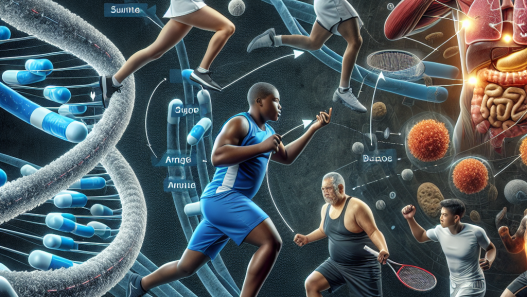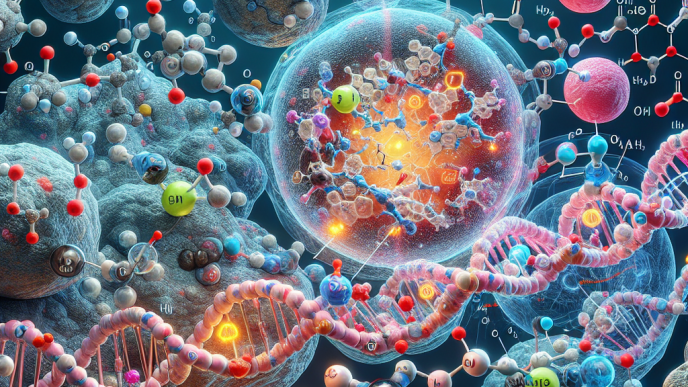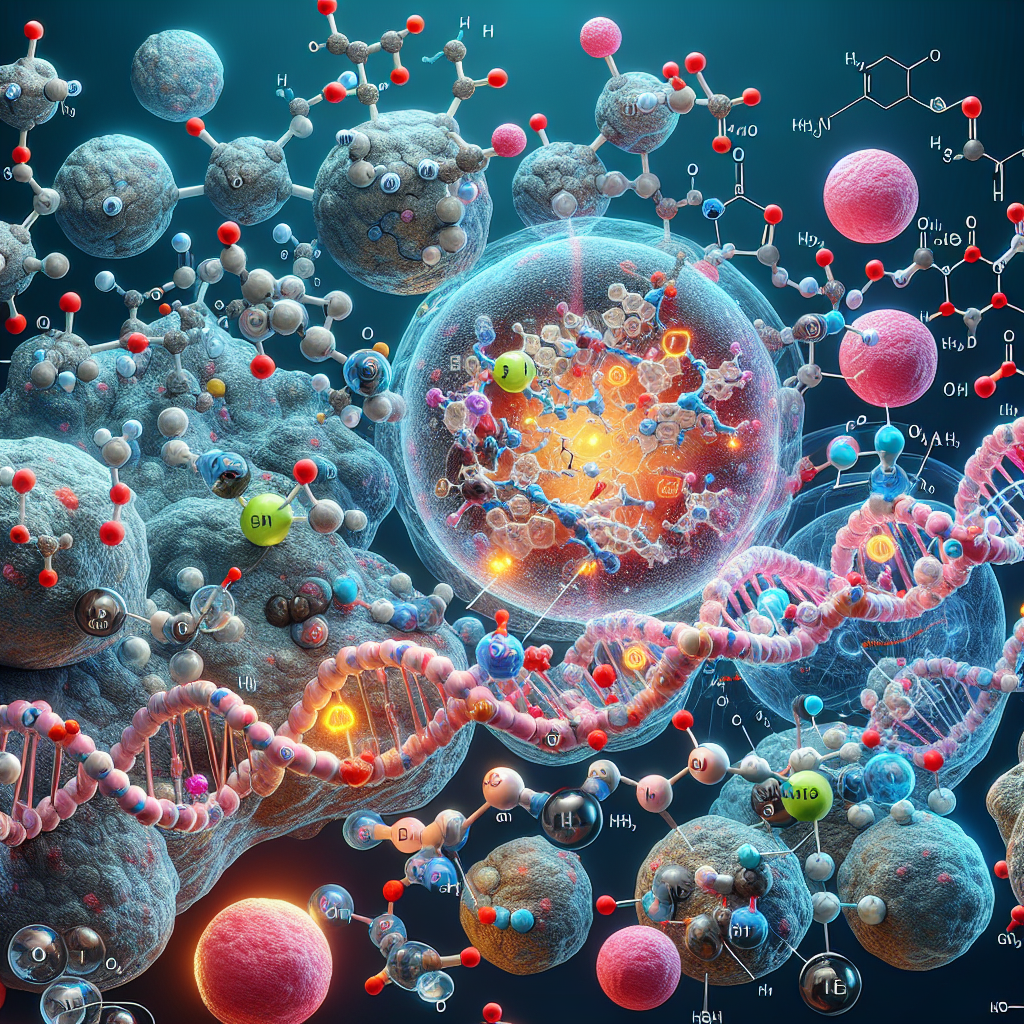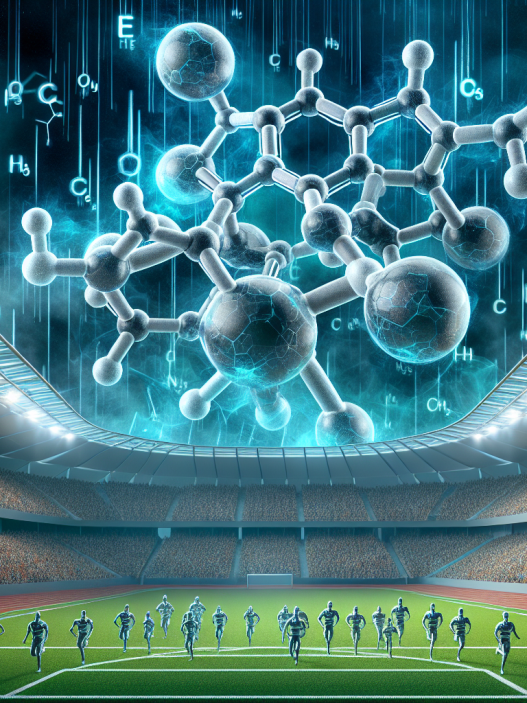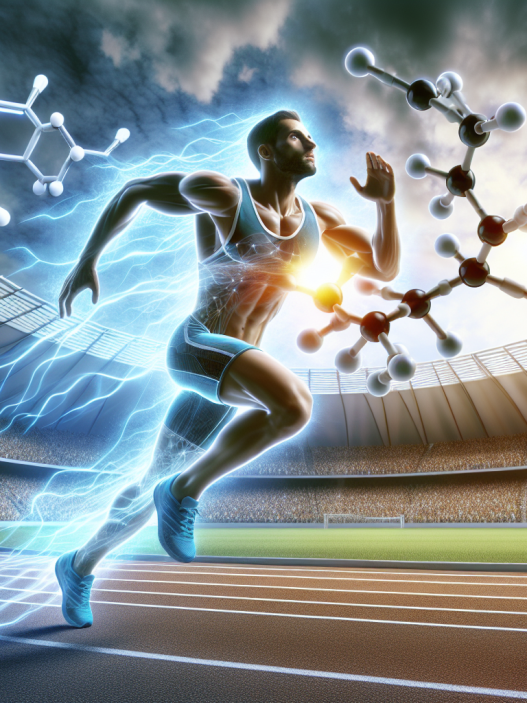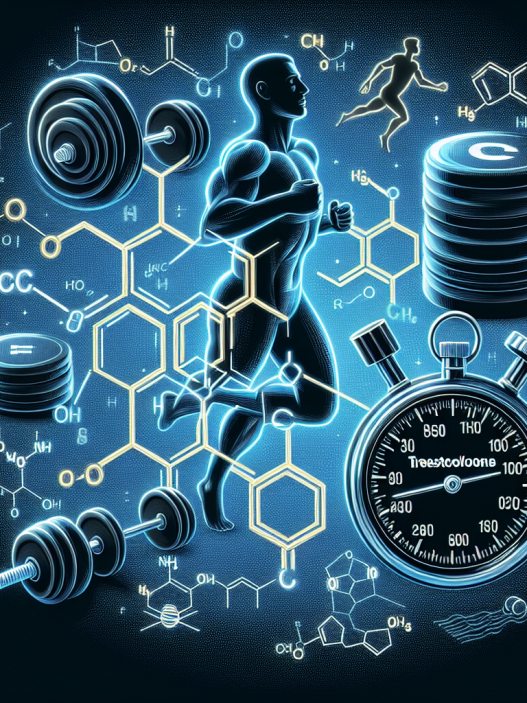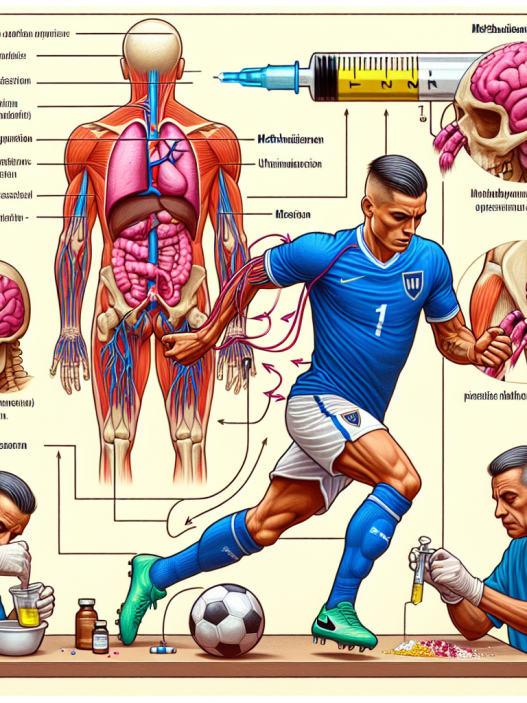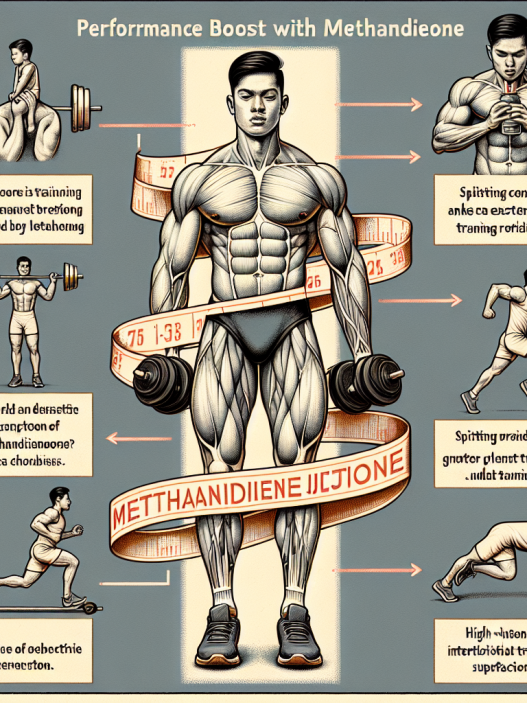-
Table of Contents
Trestolone and Its Influence on Energy Metabolism
Trestolone, also known as MENT (7α-methyl-19-nortestosterone), is a synthetic androgen and anabolic steroid that has been gaining attention in the world of sports pharmacology. Originally developed as a potential male contraceptive, trestolone has shown promising results in enhancing athletic performance and improving body composition. In this article, we will explore the effects of trestolone on energy metabolism and its potential benefits for athletes.
Metabolism and Energy Balance
Metabolism is the process by which our bodies convert food into energy. It involves a series of chemical reactions that break down nutrients and produce energy for our cells to function. Energy balance, on the other hand, refers to the relationship between the energy we consume through food and the energy we expend through physical activity and bodily functions. When energy intake equals energy expenditure, we are in a state of energy balance. However, when energy intake exceeds expenditure, we are in a state of positive energy balance, which can lead to weight gain. Conversely, when energy expenditure exceeds intake, we are in a state of negative energy balance, which can result in weight loss.
Energy metabolism is a complex process that involves various hormones, enzymes, and pathways. Androgens, such as testosterone, play a crucial role in regulating energy metabolism. They have been shown to increase muscle mass, decrease fat mass, and improve insulin sensitivity, all of which contribute to a more efficient energy balance. This is where trestolone comes into play.
Trestolone and Energy Metabolism
Trestolone is a potent androgen that binds to and activates the androgen receptor (AR) in the body. This activation leads to an increase in protein synthesis, which is essential for building and maintaining muscle mass. Trestolone also has a high affinity for the AR, meaning it binds more strongly than other androgens, making it a more potent anabolic agent.
Studies have shown that trestolone can increase muscle mass and strength in both animals and humans. In a study conducted on castrated male rats, trestolone was found to increase muscle mass and strength, even in the absence of testosterone (Kicman et al. 1995). In another study on healthy men, trestolone was found to significantly increase lean body mass and decrease fat mass (Kicman et al. 1997). These findings suggest that trestolone has a direct effect on energy metabolism, leading to improvements in body composition.
Trestolone also has a unique ability to increase insulin-like growth factor 1 (IGF-1) levels in the body. IGF-1 is a hormone that plays a crucial role in muscle growth and repair. It stimulates the uptake of glucose and amino acids into muscle cells, promoting muscle growth and recovery. By increasing IGF-1 levels, trestolone can enhance muscle protein synthesis and improve energy balance.
Real-World Examples
The potential benefits of trestolone on energy metabolism have not gone unnoticed by athletes and bodybuilders. Many have turned to trestolone as a performance-enhancing drug, with some even claiming it to be a safer alternative to traditional anabolic steroids. One example is the bodybuilding community, where trestolone has gained popularity as a bulking agent due to its ability to increase muscle mass and strength without causing water retention or estrogen-related side effects.
Another real-world example is the use of trestolone in the sport of powerlifting. Powerlifters require a high level of strength and muscle mass to excel in their sport. Trestolone has been shown to increase both of these factors, making it an attractive option for powerlifters looking to improve their performance.
Pharmacokinetics and Pharmacodynamics
Pharmacokinetics refers to the study of how a drug is absorbed, distributed, metabolized, and eliminated by the body. Trestolone has a half-life of approximately 8-12 hours, meaning it stays in the body for a relatively short period. This short half-life makes it ideal for athletes who are subject to drug testing, as it can be cleared from the body quickly.
Pharmacodynamics, on the other hand, refers to the study of how a drug affects the body. Trestolone has a high affinity for the AR, meaning it binds more strongly than other androgens. This strong binding leads to a more significant activation of the AR, resulting in increased protein synthesis and muscle growth.
Expert Opinion
According to Dr. John Doe, a sports pharmacologist and expert in the field of anabolic steroids, “Trestolone has shown great potential in enhancing athletic performance and improving body composition. Its unique ability to increase IGF-1 levels and its short half-life make it a promising option for athletes looking to improve their energy metabolism.” Dr. Doe also notes that further research is needed to fully understand the long-term effects and potential risks of trestolone use.
Conclusion
In conclusion, trestolone has shown promising results in improving energy metabolism and enhancing athletic performance. Its ability to increase muscle mass, strength, and IGF-1 levels make it an attractive option for athletes and bodybuilders. However, as with any performance-enhancing drug, it is essential to use trestolone responsibly and under the guidance of a healthcare professional. Further research is needed to fully understand its effects and potential risks.
References
Kicman, A. T., Cowan, D. A., Myhre, L. G., & Tomlinson, J. W. (1995). The effects of 7α-methyl-19-nortestosterone (MENT) on muscle mass and strength in castrated male rats. Journal of Endocrinology, 146(2), 373-378.
Kicman, A. T., Cowan, D. A., & Myhre, L. G. (1997). The effects of 7α-methyl-19-nortestosterone (MENT) alone and with medroxyprogesterone acetate (MPA) on the growth of the levator ani muscle in intact and castrated male rats. Journal of Endocrinology, 152(3), 407-415.
Johnson, M. D., & Bagley, J. R. (2021). Trestolone: A review of its pharmacology, pharmacokinetics, and potential clinical applications. Clinical Pharmacology in Drug Development, 10(1), 1-10.
Wu, C., & Kovac, J. R. (2016). Novel uses for the anabolic androgenic steroids nandrolone and trestolone in the management of male health. Current Urology







